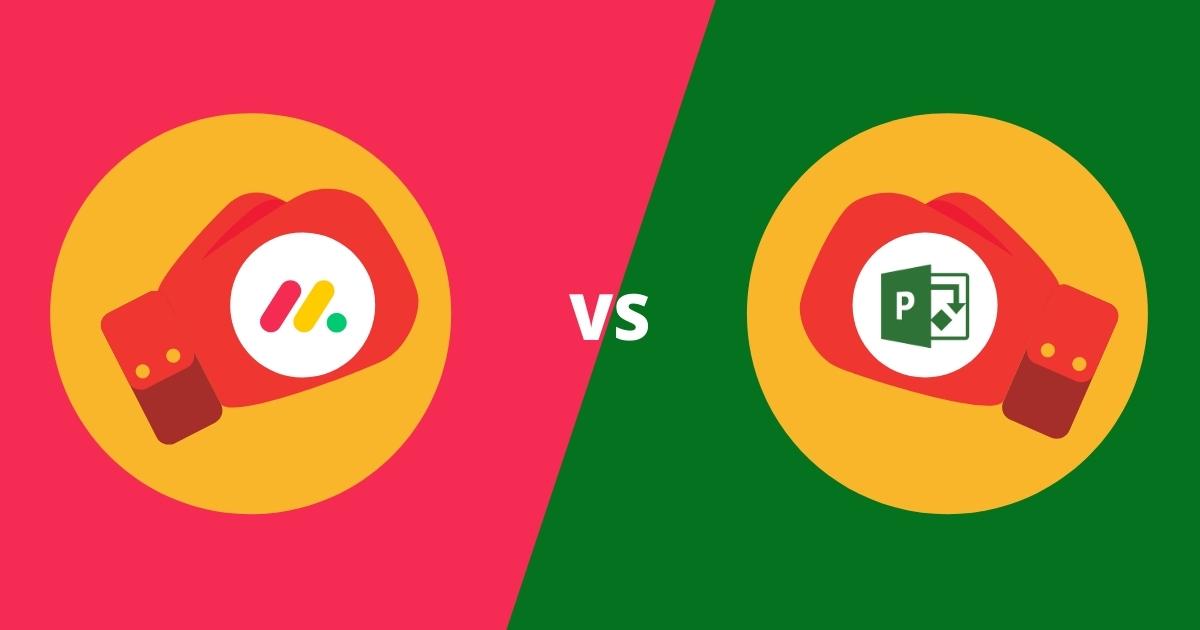Finding the right project management tool is no easy task. There’s a whole range of different features to compare and a host of compatibility issues to consider. To top it off there are countless project management tools on the market and different pricing strategies to get your head around.
We’ve put together a comparison series that compares the features of different tools one-on-one. Today, we’ll be looking at Wrike vs Basecamp and profiling them across five different categories. Hopefully this will help you when thinking about your next project management solution.
What is Wrike?
Wrike is cloud-based project management software that helps teams collaborate and manage their projects with an all-in-one service. It aims to facilitate start-to-end project management with task management, resource management, scheduling, and much more, all on a single platform. Wrike is a popular choice for teams using Agile project methodologies because of its inbuilt Kanban boards, its custom workflows, and story mapping tools.
What is Basecamp?
Originally known as 37signals, Basecamp is a web-based project management tool that uses to-do lists, milestones, message boards, schedule managers, and file management to help teams coordinate their projects effectively. Like the name suggests, Basecamp aims to be the ‘base’ for all your team’s activities.
Wrike vs Basecamp: Project Management Features
Wrike is one of the most popular project management tools for a reason. With over 2.3 million customers around the world, Wrike satisfies many customers because of its holistic project management tools that cater to most project types and methodologies. From Kanban boards to Gantt charts, resource management to time-tracking, real-time dashboards and more, Wrike is definitely a powerful software solution. In addition, its premium subscriptions include enterprise-level tools like portfolio management and prioritisation.
Basecamp is much more of a task management and communication tool than it is a fully-fledged project management tool. Each project is arranged with a set of to-do lists that let you checkbox your progress, edit task descriptions, make comments, and change deadlines. Importantly, however, it lacks any proper time-tracking, task dependencies, and workflow customisation features.
Wrike vs Basecamp: Interface and Accessibility
We think Basecamp wins in terms of interface. This is mainly due to its simple features and tools. Users with no experience can easily navigate the platform. Wrike, on the other hand, may not have the most colourful interface, but it is still simple and clean. The trouble is, many users report that Wrike has a steep learning curve with many tools hidden within the software.
In terms of accessibility, both tools are available for mobile and desktop. However, Basecamp is currently only available in English while Wrike is available in eight different languages: English, French, German, Italian, Japanese, Portuguese, Russian, and Spanish.
Wrike vs Basecamp: Collaboration
Collaboration is the backbone of any successful project. In terms of collaboration, Wrike uses a newsfeed-style message board that updates team members on project activities and progress. This limits the need for emails and communications. Users can also flag particular users through the mention and comment features. Importantly, however, Wrike does not have an in-built messaging service and this requires users to employ third party applications.
Basecamp has a centralised messaging feature called Campfire and it uses an interesting format for organisational-wide communication and collaboration. It divides communication into three levels: HQ, organisation-wide, and chat. This allows users to control who and what is being communicated which is helpful in preventing overcommunication. Basecamp also lets users to set viewing controls to ensure privacy is maintained throughout the project.
Wrike vs Basecamp: Integrations
Integration is one of the most critical features of a project management tool. Wrike is particularly strong in this category with a significant amount of inbuilt integrations to major enterprise services like Microsoft Teams, Google Drive and Dropbox. Additionally, it has its own API development space to further encourage third-party add-ons and integrations.
Basecamp depends on third party connectors and add-ons like Zoho Flow, Zapier and Unito.io to get close to Wrike’s in-built features. Critically, Basecamp does not have an in-built connector for any email applications which makes communication and updates more difficult.
Check Wrike and Basecamp‘s full integration list to see if your pre-existing tools and software can be connected.
Wrike vs Basecamp: Pricing
Basecamp and Wrike’s pricing strategies differ significantly. While both are available in free and paid versions, Wrike’s is a tiered subscription that is charged per user while Basecamp applies a flat rate charged by the team. Wrike’s cheapest package starts at $9.80/month per user, while Basecamp charges $99/month per team. The jump in Basecamp’s price looks significant but it could be the more cost-effective option for larger teams.
Check out these other articles on comparisons of project management solutions:
Is there one solution to rule them all?
Can there be one solution that brings the best of both tools into one? Well, we think there is. pmo365 was created to solve all your project portfolio management problems with a user-friendly interface and the latest and best PPM apps and tools all in one place.
With the help of our project management experts and developers, pmo365 deploys bespoke custom project portfolio management solutions that adapt to your organisation’s specific needs. Rather than changing your team to fit the solution, we build the solution for the team!
If you want to find out more about pmo365 and the countless organisations we’ve helped around the world, check out the rest of our blog or set up a chat with one of our PPM experts today!













